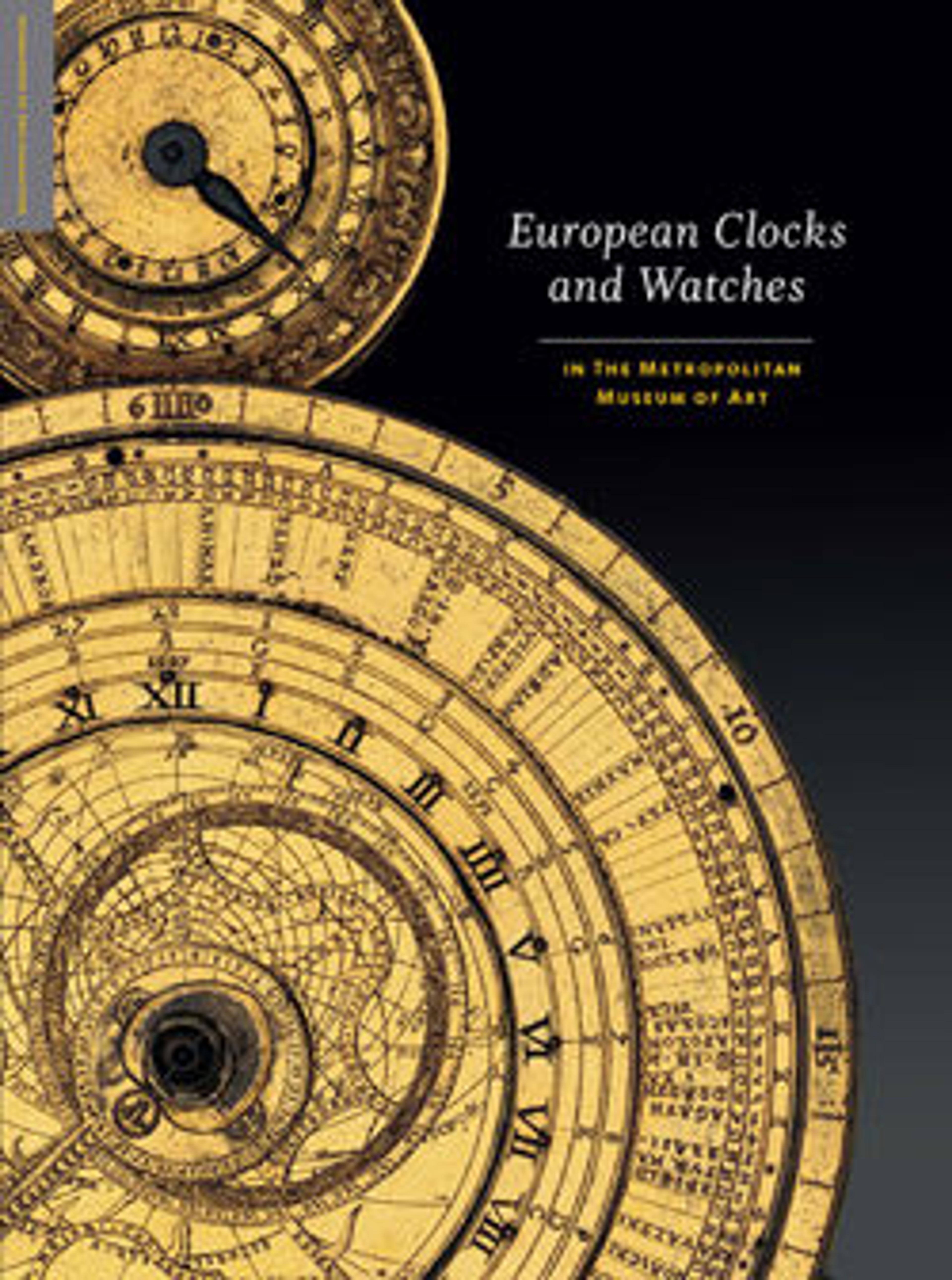Cup with cover
The flame finial and band of cabochon-cup gems of carnelian, a reddish variety of chalcedony, set in bands of black and white and translucent green-enameled gold, identify this exquisite object as one of the French royal treasures listed in an inventory made during the reign of King Louis XIV (1643–1715). Daniel Alcouffe has recognized that the majority of the objects made of polished hardstone formerly in the collection of King Louis XIV and now in the Louvre, Paris, were, in fact, purchased by the king from the estate of his first minister, Cardinal Mazarin, at the time of the cardinal’s death in 1661.[1] The published inventory of the cardinal’s possessions, made in 1653 and describing in detail his extraordinary collection of painting and sculpture, as well as household furniture, plate, and goldsmiths’ work, makes no mention, however, of this object. While it is not possible at present to be certain whether or not the cup was a later addition to the cardinal’s collection, the close resemblance of the enameled gold mounts to the mounts of a group of objects shown to have been in the collection and illustrated by Alcouffe strengthens the supposition that it was.[2]
The similarity of the leaf-motif ornament of the cup’s mounts to the ornament that adorns the mounts of many of the objects in Alcouffe’s group also permits their attribution to a seventeenth-century French goldsmith. It is an attribution based on the internal evidence provided by the group. The sensuous beauty of colored hardstone has been highly prized in a great many civilizations, and the cardinal’s collection contained finely cut and polished hardstone objects of widely different origin and date. A number of such pieces belonging to the group, mounted with similar enameled-gold ornament, can thus be recognized as having been embellished about the middle of the seventeenth century, when the cardinal was collecting them, and, in all probability, by local goldsmiths.
Not only the mounts but also the hardstone components of the Linsky cup and cover seem likely to have been the products of a lapidary workshop that was both local and contemporary. The separate pieces of translucent reddish-brown carnelian that were used for the foot, baluster stem, bowl, and cover, as well as the twelve cabochon gems, are of similar hue and finish, and they display a unity of style, both with one another and with their mounts, that is seldom found in objects assembled from components of widely divergent origins.
[Clare Vincent, The Jack and Belle Linsky Collection in the Metropolitan Museum of Art, New York, 1984, p. 178, no. 94]
Footnotes:
1. D. Alcouffe, “The Collection of Cardinal Mazarin’s Gems,” Burlington Magazine CXVI (1974), pp. 514–26.
2. Ibid., fig. 19, opp. p. 517.
The similarity of the leaf-motif ornament of the cup’s mounts to the ornament that adorns the mounts of many of the objects in Alcouffe’s group also permits their attribution to a seventeenth-century French goldsmith. It is an attribution based on the internal evidence provided by the group. The sensuous beauty of colored hardstone has been highly prized in a great many civilizations, and the cardinal’s collection contained finely cut and polished hardstone objects of widely different origin and date. A number of such pieces belonging to the group, mounted with similar enameled-gold ornament, can thus be recognized as having been embellished about the middle of the seventeenth century, when the cardinal was collecting them, and, in all probability, by local goldsmiths.
Not only the mounts but also the hardstone components of the Linsky cup and cover seem likely to have been the products of a lapidary workshop that was both local and contemporary. The separate pieces of translucent reddish-brown carnelian that were used for the foot, baluster stem, bowl, and cover, as well as the twelve cabochon gems, are of similar hue and finish, and they display a unity of style, both with one another and with their mounts, that is seldom found in objects assembled from components of widely divergent origins.
[Clare Vincent, The Jack and Belle Linsky Collection in the Metropolitan Museum of Art, New York, 1984, p. 178, no. 94]
Footnotes:
1. D. Alcouffe, “The Collection of Cardinal Mazarin’s Gems,” Burlington Magazine CXVI (1974), pp. 514–26.
2. Ibid., fig. 19, opp. p. 517.
Artwork Details
- Title: Cup with cover
- Date: ca. 1650–60
- Culture: French
- Medium: Carnelian with enameled gold mounts
- Dimensions: Height: 4 7/8 in. (12.4 cm)
- Classification: Lapidary Work
- Credit Line: The Jack and Belle Linsky Collection, 1982
- Object Number: 1982.60.134a, b
- Curatorial Department: European Sculpture and Decorative Arts
More Artwork
Research Resources
The Met provides unparalleled resources for research and welcomes an international community of students and scholars. The Met's Open Access API is where creators and researchers can connect to the The Met collection. Open Access data and public domain images are available for unrestricted commercial and noncommercial use without permission or fee.
To request images under copyright and other restrictions, please use this Image Request form.
Feedback
We continue to research and examine historical and cultural context for objects in The Met collection. If you have comments or questions about this object record, please complete and submit this form. The Museum looks forward to receiving your comments.
